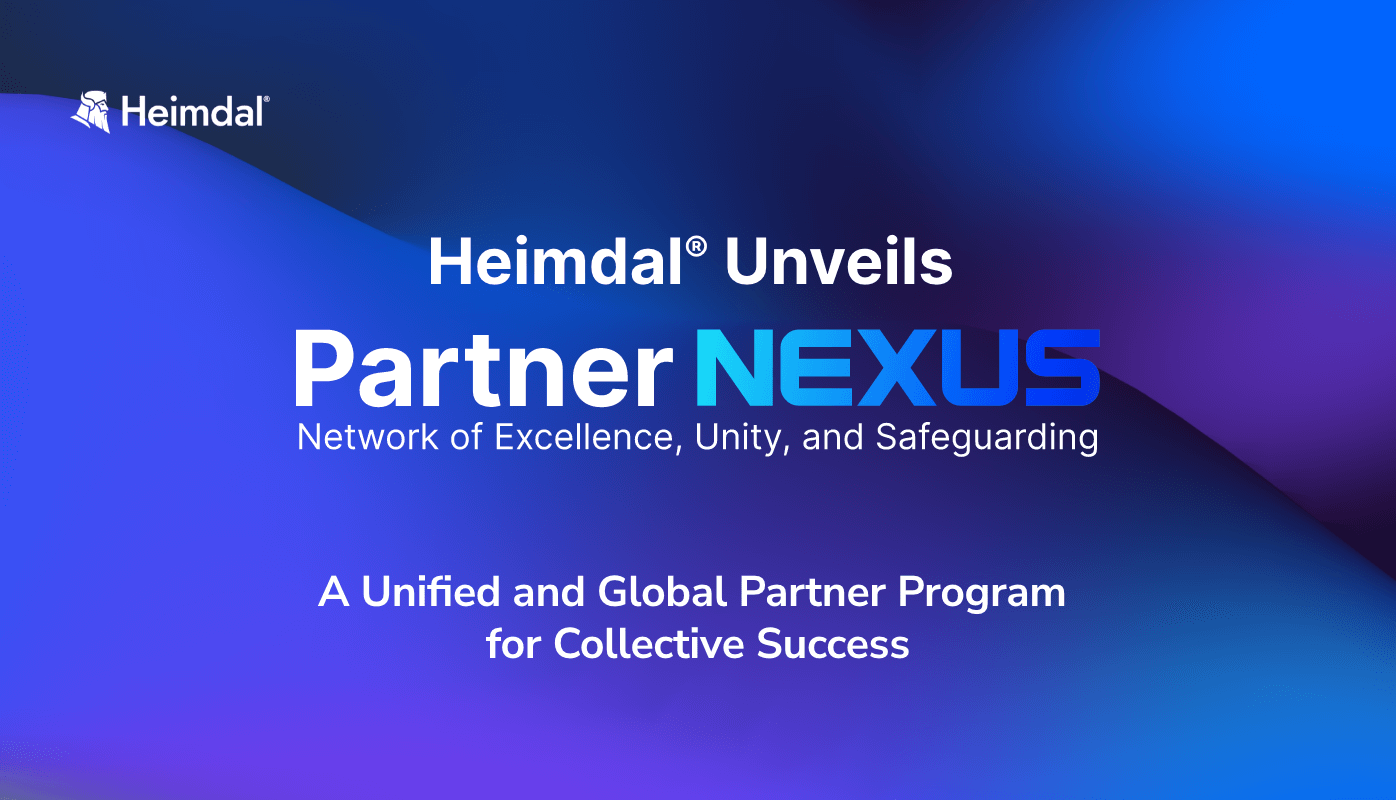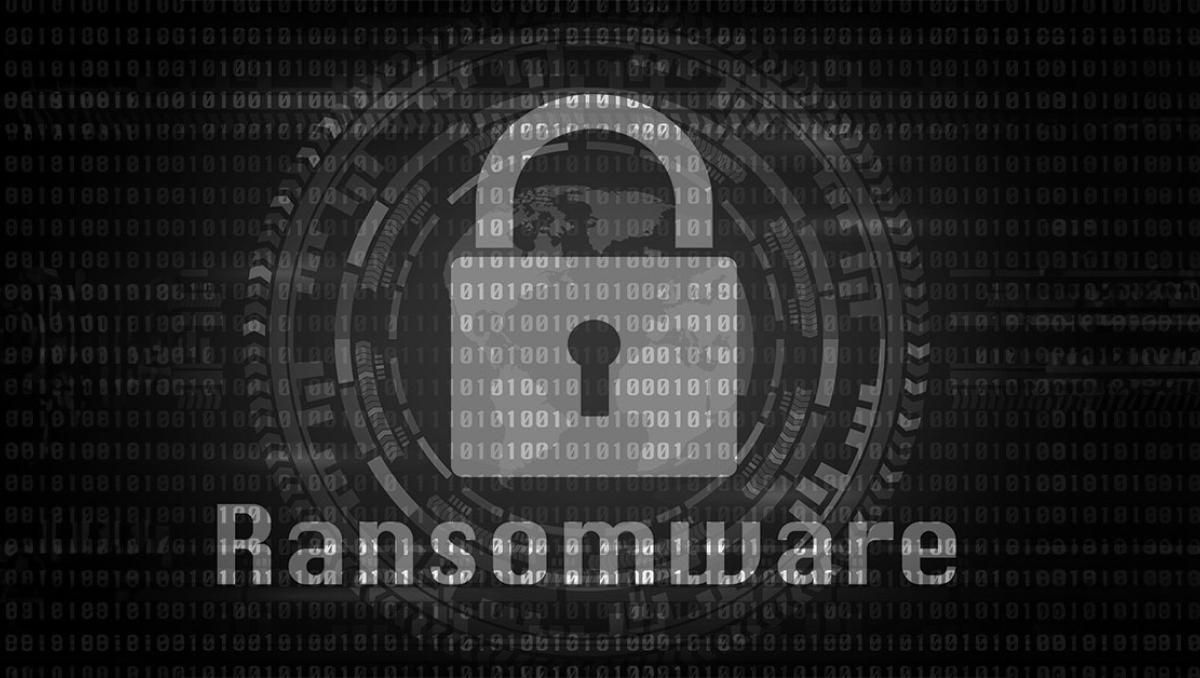Finding a remote monitoring and management (RMM) platform that works for your MSP can be very tricky. With dozens of solutions to choose from, narrowing down your options takes a lot of time and effort. According to one survey of MSP owners, “choosing the best [IT] solutions” was the third biggest difficulty they faced (after winning customers, and finding good staff).
NinjaOne and ManageEngine are two of the most widely used tools for RMM, and many MSPs use the platforms. So how do they stack up against one another? Read our NinjaOne vs. ManageEngine comparison to find out.
Introducing NinjaOne
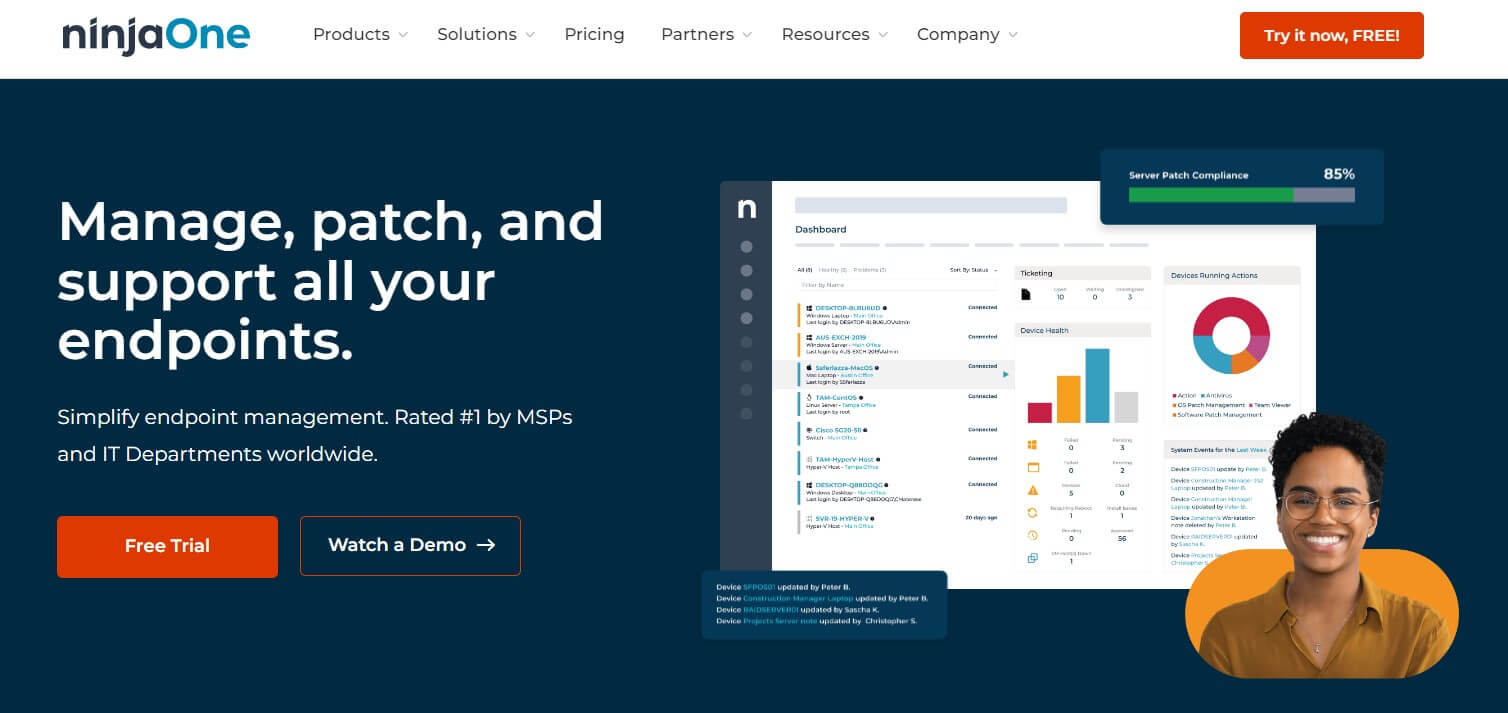
NinjaOne describes its MSP software as “packed with all the tools you need to deliver exceptional IT service without the time-consuming complexity of other solutions”.
The US company was formed in 2013, and has grown to be a market leader in the RMM space, with customers around the world.
Its growth accelerated following the COVID-19 pandemic, as businesses looked to support remote working – NinjaOne was born in the cloud and facilitates this well.
It provides all the core tools an MSP would need to remotely manage customer environments, including patch management, software deployment, monitoring and alerting, MDM, security and more.
Introducing ManageEngine
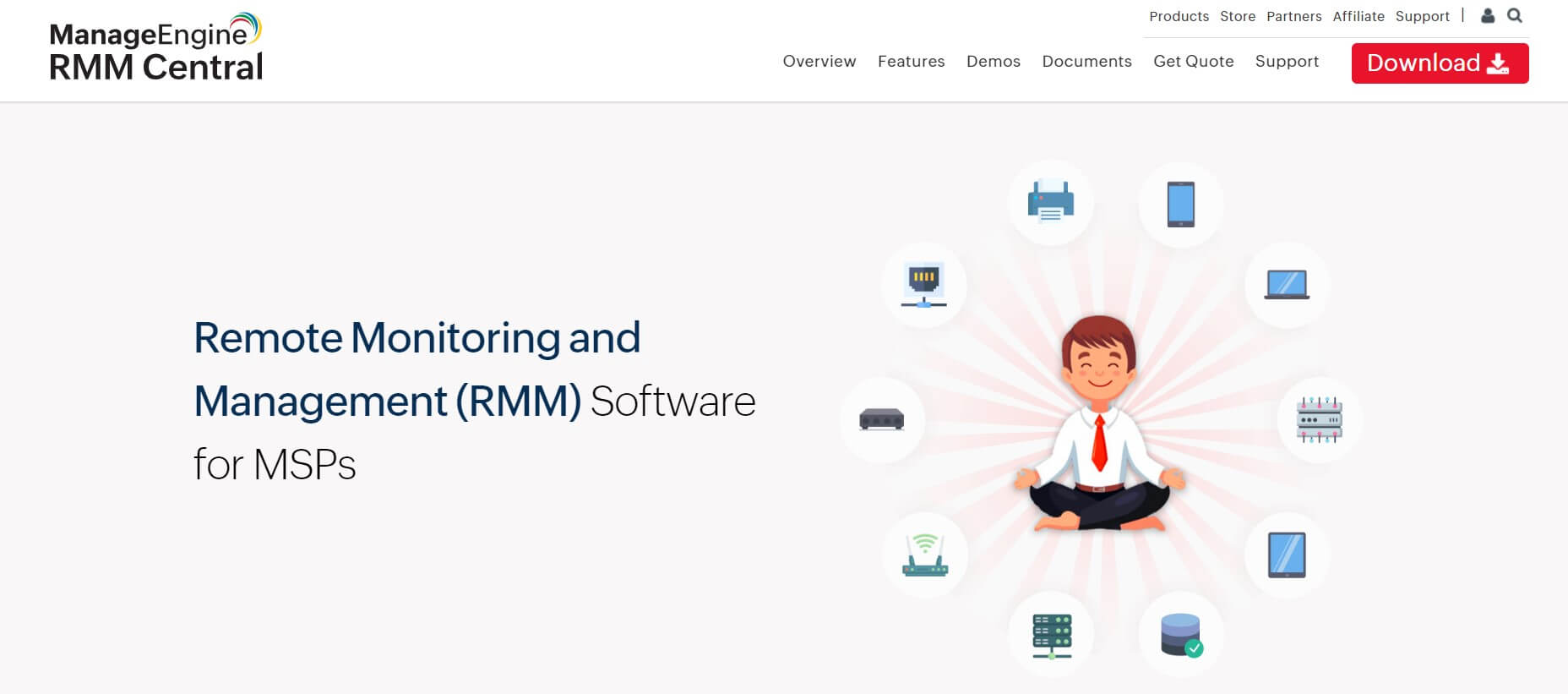
ManageEngine positions its products as “IT management solutions to optimize your business processes and drive digital transformation”.
The Indian company is a product division of tech multinational Zoho. ManageEngine grew out of other Zoho products, but has been in operation since the mid 2000s.
Again, they provide almost all tools an MSP would need for RMM. These include IAM, endpoint management, SIEM, remote work management and much more besides.
NinjaOne vs. ManageEngine: Head-to-Head Comparison
NinjaOne and ManageEngine offer many similar features. But there are also several important differences between them too. The following NinjaOne vs. ManageEngine table highlights key points.
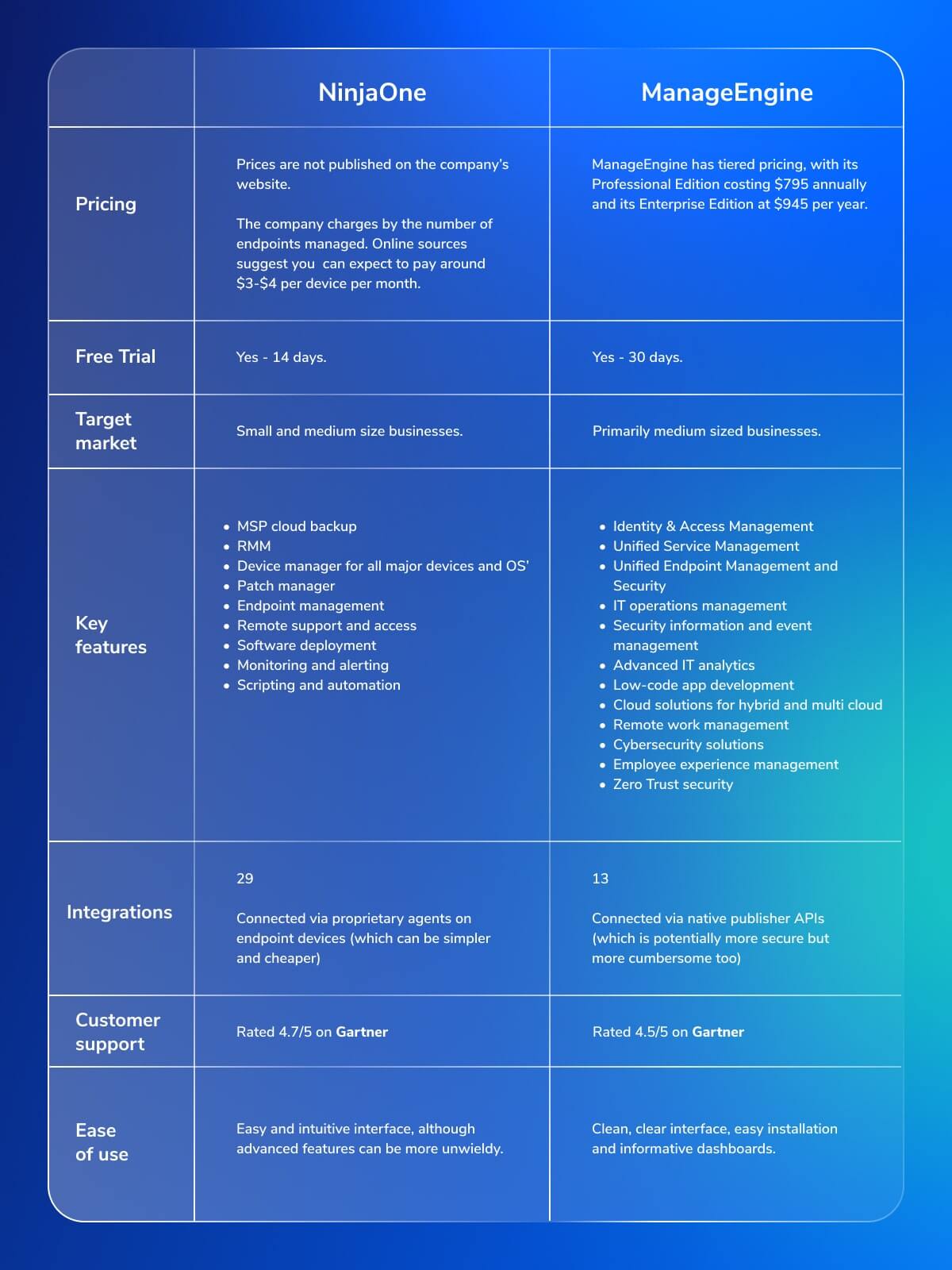
NinjaOne vs. ManageEngine: What the Experts Think
What do systems administrators who use platforms like NinjaOne and ManageEngine really think of these apps? These are, after all, the people who use the software.
We analyzed discussions on online forums to learn more about users’ perspectives.
Advantages And Disadvantages of NinjaOne According to Users
Writing on Reddit, users describe the realities of using NinjaOne:
I found Ninja to be a much better tool for hands-on management [compared to ManageEngine]. The ability to open a remote terminal and take action with Powershell, push a script with 1-2 clicks, install an application, or kick off remote access with one click make it a great tool for day-to-day management. It’s also just super easy to use, which means the whole team could use it.
Ninja is pretty good for small business situations, or places where you otherwise can’t roll Intune. You still need to know a fair amount of scripting and registry work to manipulate settings to the way you want.
For NinjaOne, it’s a great interface, clear, but I found a lots of missing things (no synchro to AD groups, 3rd patch management is poor, not a lot of options for Schedule, no real Advanced features, few reports…) but their remote control tool is nice (they offer their own tool but also TeamViewer) and the health status in real time (like CPU, memory etc.).
Advantages and Disadvantages of ManageEngine According to Users
In a Reddit forum, users describe life with ManageEngine:
ManageEngine Endpoint Central is OK. I found it lacking in a few areas like being able to create dynamic groups using more specific criteria than their current basic offering and any customized reporting required SQL queries but they offered no good documentation on how to do this, nor examples. The good thing is that their support will definitely help you create your queries.
I think it’s pretty flexible, including working well for remote user machines. Compared to PDQ, it’s very flexible and offers a lot of options for user notification and time-based deployment, as well as remote access into machines. I haven’t found much it can’t do, or doesn’t do well.
With ME, support does require some effort to get solutions – we find them difficult but they eventually get there, mostly. By no means great but by no means the worst…. Their software is relatively cheap, a bit old fashioned in implementation and uses some versions of components that really need to be updated. On the plus side, it does a ton of things for the price, is cross platform, and integrates with their Helpdesk so we don’t have to do much asset info maintenance for systems running it.
NinjaOne vs. ManageEngine: Pros and Cons
If you’re weighing up NinjaOne and ManageEngine, there are multiple factors to consider. We’ve analyzed both offerings and read dozens of reviews from verified users to help you assess their strengths and weaknesses.
Pros and Cons of NinjaOne
Advantages of NinjaOne include:
- Customer support
NinjaOne’s customer support is highly rated by customers. In particular, customer support is speedy – the company boasts a 98% customer satisfaction score, and most tickets are responded to within one hour.
- Great for hands-on management
NinjaOne gives MSPs powerful tools to manage their clients’ systems. You can, for instance, open remote terminals, install applications or push scripts in just a couple of clicks.
- Scripting capabilities
NinjaOne’s scripting engine accepts multiple languages, meaning MSPs can script native commands for many different operating systems.
The exceptional customer support ensured that I received prompt assistance whenever required.
Drawbacks of NinjaOne include:
- A younger platform
NinjaOne is comparatively young. It is continually being updated and new tools are being added all the time, but it may not offer the complete suite of tools some MSPs will need.
- Update overload
NinjaOne is regularly pushing out new features. While this can be beneficial, some users find the endless stream of updates overwhelming.
NinjaOne is primarily targeted at small and medium sized MSPs. Some users report that the technology is relatively expensive and, the more devices you add, the more it costs.
Some of the features that you expect to be there aren’t yet fully deployed.
Pros and Cons of ManageEngine
Advantages of ManageEngine include:
- Value for money
With plans starting from as little as $795 per year, ManageEngine is very competitively priced.
- Rich feature list
ManageEngine has a very comprehensive range of features that will meet the needs of most MSPs.
- Flexibility
ManageEngine provides MSPs with a very flexible tool. It supports all kinds of systems and OS, and gives technicians many options for user notification, remote access or time-based deployment
This platform provides a single, unified source for handling patching operations efficiently. This streamlining not only saves time but also significantly reduces the likelihood of oversights, ensuring that our entire network remains secure and up-to-date.
Drawbacks of ManageEngine include:
- Hit and miss customer support
While many customers report good experiences with ManageEngine’s customer support, others report disappointing experiences. Support can be unresponsive and typically involves customers having to send over logs.
- ‘Jack of all trades’
Although ManageEngine provides a wide range of tools and features, it is sometimes perceived as a ‘Jack of all trades, master of none’. Most tools are effective, but they do not always ‘wow’ MSP users. Sometimes it can also take time to find controls as there are so many.
- User interface
ManageEngine’s user interface can sometimes be a little clunky and slow, and feel dated.
Their support doesn’t always seem to understand the questions being asked. They are helpful, just require some extra explanation at times.
NinjaOne vs. ManageEngine: Which Is Right For You?
NinjaOne and ManageEngine share many features in common, so it can be difficult to decide between the two. Consider the following factors when weighing up your choice.
Your Budget
One of the biggest differentiators between ManageEngine and NinjaOne is cost. In the majority of cases, NinjaOne will be more expensive than ManageEngine, where you have a fixed, predictable and fairly low annual price.
Features vs Quality
ManageEngine has a significantly larger tool and feature set than NinjaOne, which is a younger competitor. However, ManageEngine’s tools are generally viewed as good, but not always the easiest to use. On the other hand, NinjaOne’s tools are generally viewed as very robust – but you might not find everything you need and will have to buy other solutions to do additional tasks.
Business Size And Ambitions
Both NinjaOne and ManageEngine say they can support all MSPs of all sizes. However, both are primarily used by small and medium sized companies.
Arguably, with its greater variety of features and membership of the Zoho family, ManageEngine is better suited to scaling MSPs who may in future need even more powerful tools.
Starting an MSP business? Read our guide to MSP marketing
Heimdal®: An Alternative Option in the NinjaOne Vs. ManageEngine Debate
Heimdal® is a leading platform for remote monitoring and management for MSPs. The solution provides small, medium and enterprise-level MSPs with rich, robust features and tools that securely manage your customers’ environments.
Heimdal® XDR is the platform that offers MSPs from all around the world a comprehensive, unified security coverage, tailored to their specific needs. From our XDR platform you will benefit from unrivaled prevention, threat-hunting, and remediation capabilities, to name a few
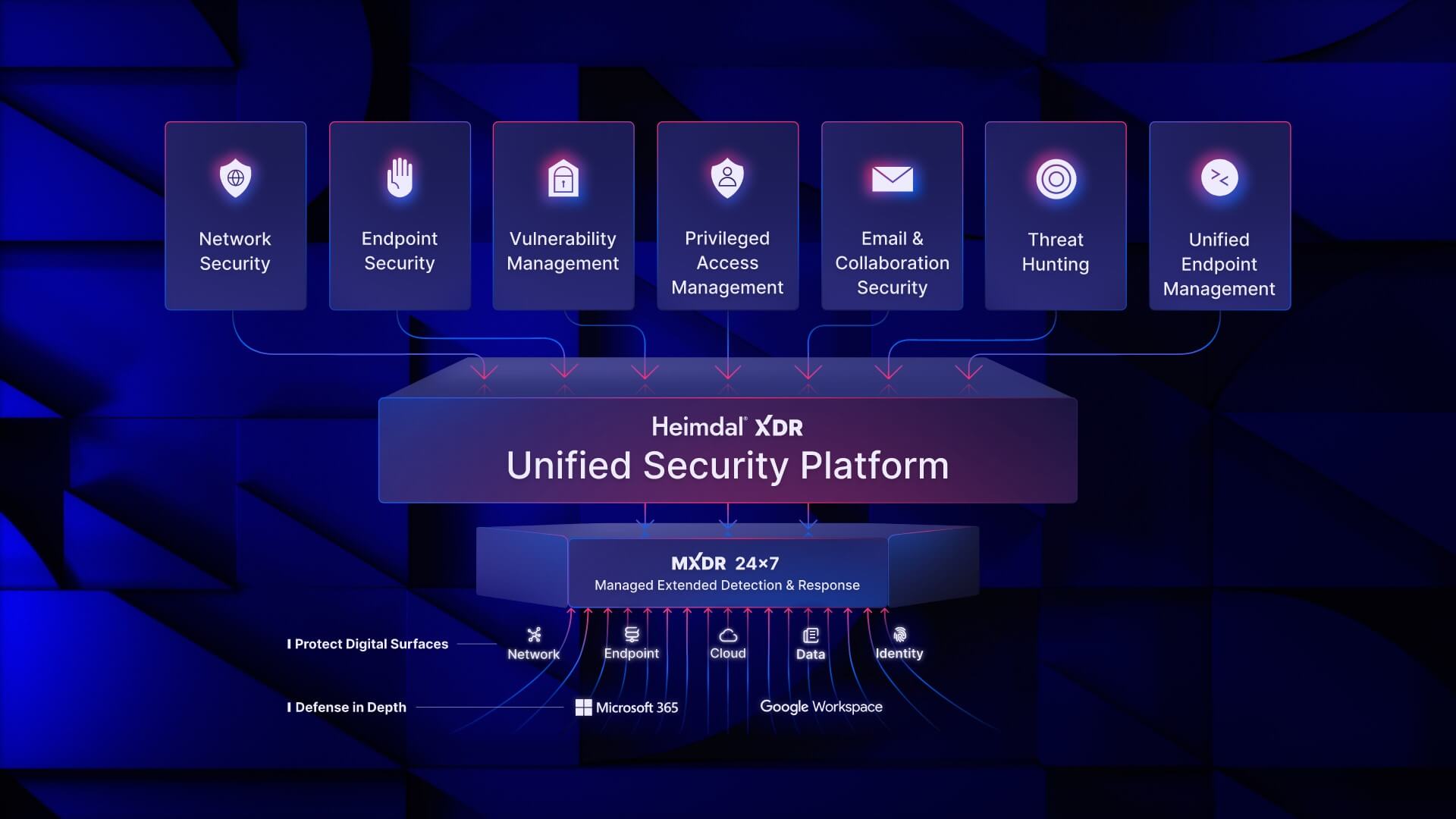
Heimdal®’s easy to use platform brings you several key features that make RMM more effective, including:
- Network security;
- Vulnerability management;
- Privileged access management;
- Endpoint security;
- Threat hunting;
- Endpoint management;
- Email and collaboration security.
To learn more about Heimdal®, visit our product page.
Case study: How a UK MSP uses Heimdal® for better RMM
What People Like About Heimdal®
People love Heimdal® for its generous selection of cybersecurity solutions boasting the world’s widest cybersecurity platform with 13 products, unified all-in-one approach, amazing customer support and overall ease of use.
It features highly customizable solutions, meaning that companies of all kind will find the right balance for their needs whatsoever.
Pricing:
Heimdal®’s pricing is flexible and tailored to the specific needs of IT professionals. Organizations can book a call with Heimdal®’s experts to receive more information on pricing plans and benefit from an exclusive demo of the solutions.
This personalized approach enables organizations to choose the right package that aligns with their budget and requirements, ensuring maximum value and ROI.
Join Our Partner Program: Partner NEXUS
And moreover, Heimdal®’s Partner NEXUS program is now live and you can join in!
NEXUS (Network of Excellence, Unity, and Safeguarding) is a global initiative tailored for MSPs, MSSPs, distributors and resellers that aims at improving customer security and expanding business opportunities.
Why to join in? As an MSP, MSSP, distributor or reseller, you gain access to a comprehensive cybersecurity kit, user-friendly platform that simplifies security management, and extensive training and support for you to focus on growth and turn the tide against cyberattacks. Moreover, you get the best in cybersecurity:
- The most extensive XDR suite in the market.
- Unified management for simplified control.
- Next-level threat intelligence.
- Reliable and efficient cloud-native architecture.
- Innovative telemetry and responsive capabilities.
- Managed SOC services with exceptional support.
NinjaOne vs. ManageEngine: Frequently Asked Questions
Choosing between NinjaOne vs. ManageEngine? Read our FAQs to find answers to your questions.
Which Is Better, NinjaOne or ManageEngine?
NinjaOne and ManageEngine are both highly capable RMM solutions for MSPs. It is impossible to definitively say one is better than the other, since they have slightly different features and target different markets.
That said, NinjaOne does get a slightly higher rating (4.8/5) from customers on review comparison site GetApp compared with ManageEngine (4.5/5).
Do ManageEngine and NinjaOne offer good cybersecurity tools?
Neither NinjaOne nor ManageEngine market themselves primarily as cybersecurity solutions. However, they both provide multiple features that can support cybersecurity postures, including patch management, IAM, and Zero Trust solutions.
If your MSP needs a more security-focused solution, alternatives such as Heimdal may offer more of the features you need.
Are NinjaOne and ManageEngine available in the cloud?
Yes, both ManageEngine and NinjaOne are available over the cloud. NinjaOne was ‘born’ in the cloud and its environment is only available online. ManageEngine is also available on premises.
This may potentially be an important differentiator in certain markets or industries (where on-premises RMM may be required for regulatory reasons, for instance).


